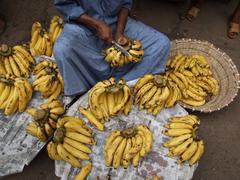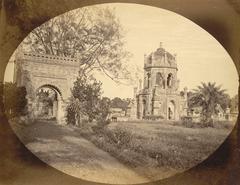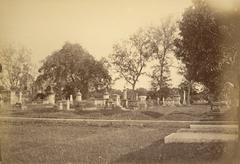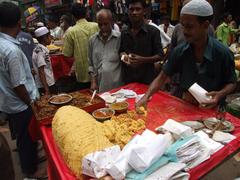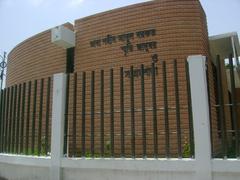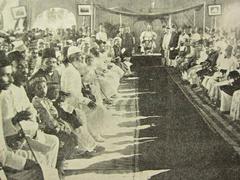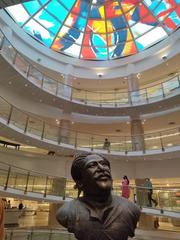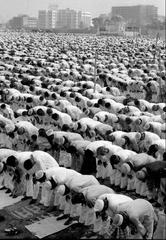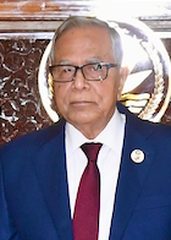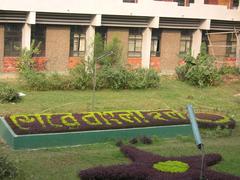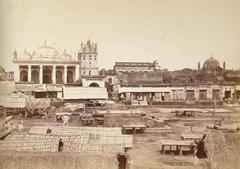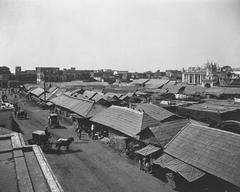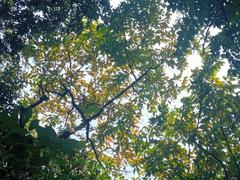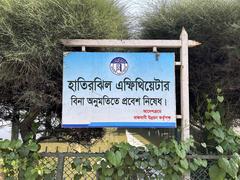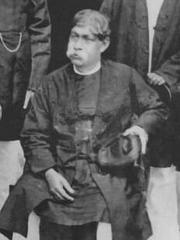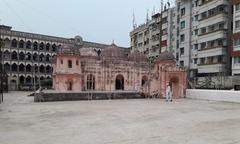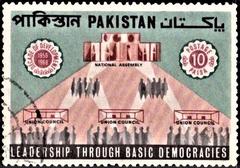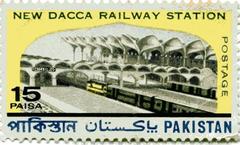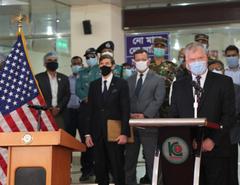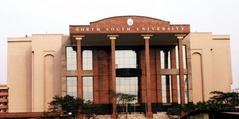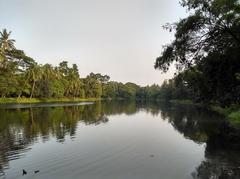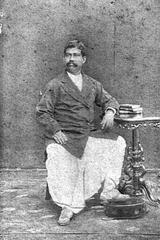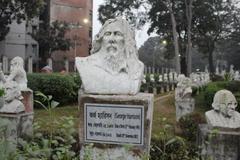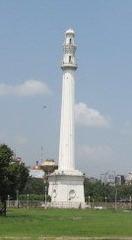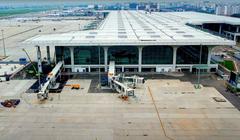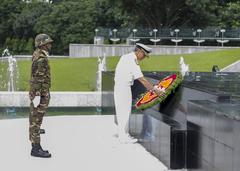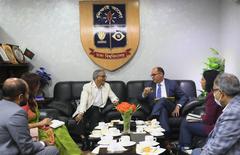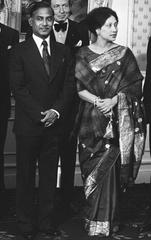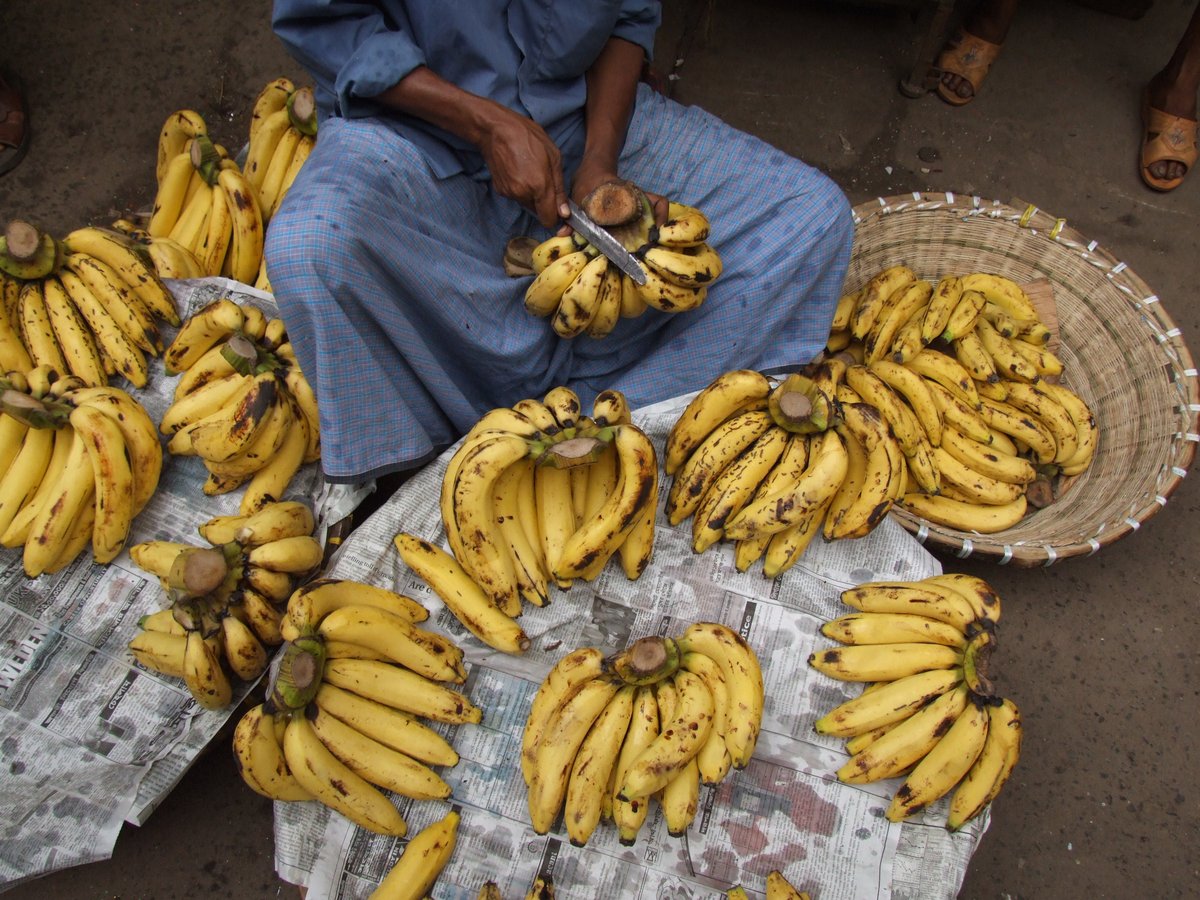
Old Dhaka Visiting Hours, Tickets, and Historical Sites Guide
Date: 14/06/2025
Introduction to Old Dhaka and What to Expect
Old Dhaka, the historic core of Bangladesh’s bustling capital, stands as a living testament to centuries of rich cultural heritage, architectural marvels, and vibrant urban life. Dating back to the early 17th century, when it became the capital of Mughal Bengal, Old Dhaka today offers a remarkable fusion of Mughal grandeur, colonial influences, and enduring local traditions. Visitors can immerse themselves in iconic landmarks such as Lalbagh Fort, Ahsan Manzil (Pink Palace), Star Mosque, and Dhakeshwari Temple—each narrating unique stories of the city’s layered past. Beyond its historical sites, Old Dhaka is renowned for its lively street life, bustling bazaars, and a culinary scene that reflects centuries-old recipes and festive traditions.
This comprehensive guide is designed to help travelers navigate Old Dhaka with ease, providing detailed information on visiting hours, ticketing, accessibility, transportation, safety tips, and cultural etiquette. Whether you are a history enthusiast, a food lover, or a curious traveler eager to experience the city’s vibrant festivals and community spirit, this guide covers all essential aspects to ensure a fulfilling visit. For up-to-date details on site timings, ticket prices, and guided tours, consult resources such as Adventure Backpack, Nijhoom, and the Audiala app. Prepare to step into a world where history and modernity coexist, and where every street corner tells a story waiting to be discovered (TravelVibe; TripJive).
Contents
- Introduction
- Mughal Foundations and Urban Evolution
- Lalbagh Fort: Visiting Hours & Tickets
- Mughal Mosques and Architectural Heritage
- Colonial Encounters and Cosmopolitanism
- Ahsan Manzil: Visiting Hours & Tickets
- Armenian Church and Colonial Landmarks
- Religious and Cultural Pluralism
- Dhakeshwari Temple, Star Mosque, and Shakhari Bazar
- Architectural Heritage and Urban Texture
- Social Life, Traditions, and Culinary Heritage
- Preservation Challenges and Community Initiatives
- Essential Visitor Tips
- Transportation Options
- Safety Considerations
- Nearby Attractions, Accommodation, and Dining
- FAQ
- Conclusion & Recommendations
- Sources
Mughal Foundations and Urban Evolution
Old Dhaka’s origins trace back to 1610 as the Mughal capital of Bengal, thriving on the banks of the Buriganga River. The city’s Mughal legacy is best embodied in Lalbagh Fort, a 17th-century fortification initiated by Prince Muhammad Azam, son of Emperor Aurangzeb (adventurebackpack.com; nijhoom.com). Though incomplete, the fort’s mosque, audience hall, and the tomb of Bibi Pari remain as enduring symbols of Mughal architectural prowess.
Lalbagh Fort:
- Visiting Hours: 9:00 AM – 5:00 PM daily (closed Sundays)
- Tickets: BDT 20 (locals), BDT 200 (foreigners)
- Accessibility: Mostly accessible, with some uneven surfaces
The Mughal era also saw the construction of Khan Mohammad Mridha Mosque and Star Mosque (Tara Masjid), celebrated for intricate ornamentation and distinctive features (nijhoom.com). These sites were not only religious centers but also communal gathering places, reinforcing Dhaka’s role as a melting pot of cultures.
Colonial Encounters and Cosmopolitanism
As Mughal influence waned in the 18th century, British colonial rule introduced new architectural forms and administrative reforms. Old Dhaka’s landscape became a tapestry of colonial-era mansions, churches, and civic buildings. The Armenian Church of the Holy Resurrection (1781) is a testament to the influence of Armenian merchants (nijhoom.com; dhakaheritagetrail.com). Nearby, Ahsan Manzil (Pink Palace), built in the late 19th century, reveals the opulence and Indo-Saracenic style of Dhaka’s aristocracy (adventurebackpack.com).
Ahsan Manzil:
- Visiting Hours: 10:00 AM – 5:00 PM daily (closed Thursdays)
- Tickets: BDT 30 (locals), BDT 200 (foreigners)
- Accessibility: Limited wheelchair access
Institutions like Beauty Boarding became intellectual and artistic hubs (bdnews24.com). The city’s diverse communities—Bengali Muslims, Hindus, Armenians, Greeks—contributed to a rich tapestry of traditions, festivals, and cuisines.
Religious and Cultural Pluralism
Old Dhaka’s story is one of profound religious and cultural diversity. The Dhakeshwari Temple, believed to date to the 12th century, is the national temple of Bangladesh and a focal point for Hindu worship (secretattractions.com). The Star Mosque, with its striking white and blue mosaics, highlights Islamic artistry, while the Armenian Church and other colonial-era churches reflect Christian heritage.
Dhakeshwari Temple:
- Visiting Hours: 7:00 AM – 7:00 PM
- Entry: Free
Star Mosque:
- Open: Daylight hours; donations welcomed
- Entry: Free
Shakhari Bazar (“Hindu Street”) is a vibrant neighborhood known for jewelry shops, instrument makers, and colorful Hindu festivities (nijhoom.com). The peaceful coexistence of temples, mosques, and churches illustrates Old Dhaka’s ethos of tolerance.
Architectural Heritage and Urban Texture
Old Dhaka’s architectural landscape is a living museum. Its labyrinthine streets are lined with centuries-old buildings, ornate facades, and wooden balconies (secretattractions.com). Lalbagh Fort’s serene gardens and imposing gateways offer respite from urban bustle (adventurebackpack.com). Ahsan Manzil provides a glimpse into aristocratic life, while the Star Mosque and Armenian Church invite quiet reflection.
Ancient trees, such as the Bodhi tree at Dhakeshwari Temple and the tamarind at Lalbagh Fort, are integral to the city’s heritage and community rituals (dhakacourier.com.bd).
Social Life, Traditions, and Culinary Heritage
Old Dhaka’s bustling markets—Islampur Road, Shakhari Bazar, Chawk Bazar—are famed for textiles, spices, and sweets (nijhoom.com). Street life is animated by rickshaw pullers, vendors, and artisans, creating a dynamic tableau.
Signature Dishes:
- Kacchi Biryani: Fragrant rice with marinated mutton and potatoes (TravelVibe)
- Morog Polao: Chicken pilaf with nuts and raisins (A Lonely Traveler)
- Bakarkhani: Sweet, crispy flatbread (TravelVibe)
- Haleem: Rich stew of wheat, lentils, and meat (Secrets Bangladesh)
- Kababs: Grilled meats and seekh kebabs (TravelVibe)
- Fish Specialties: Hilsa curry, Taki Machher Puri (Cuisine Voila)
- Sweets: Jilapi, Rabri Falooda (TravelVibe)
Culinary traditions reach their peak during Ramadan, when Chawk Bazar becomes a vibrant iftar market (A Lonely Traveler). Tea culture and traditional sweet shops are central to daily life (Cuisine Voila).
Preservation Challenges and Community Initiatives
Urbanization and neglect threaten Old Dhaka’s heritage buildings and green spaces (dhakaheritagetrail.com; dhakacourier.com.bd). Community-driven initiatives, digital heritage trails, and educational programs are critical in promoting sustainable tourism and preservation (dhakaheritagetrail.com).
Essential Visitor Tips
- Dress Modestly: Cover shoulders and knees, especially at religious sites (tripjive.com).
- Hire Local Guides: Gain deeper insights and safer navigation (nijhoom.com).
- Photography: Seek permission before photographing people or religious sites.
- Safety: Guard valuables; avoid walking alone at night (tripjive.com).
- Plan Visits Around Festivals: Enjoy vibrant experiences during Eid, Durga Puja, and local events.
Transportation Options in Old Dhaka
- Cycle Rickshaws: Ideal for short distances; negotiate fares in advance (taste2travel.com).
- CNG Auto-Rickshaws: Suitable for longer journeys; fares are often negotiated (tripjive.com).
- Ride-Sharing Apps: Uber and Pathao offer safe, convenient options (taste2travel.com).
- Boats: Scenic river rides from Sadarghat River Terminal (bangladeshscenictours.com).
- Walking: Best for exploring narrow lanes, but remain vigilant (en.wikivoyage.org).
Safety Considerations
- General Safety: Petty theft is common in crowded areas—stay alert (travelsafe-abroad.com).
- Transport Safety: Avoid public buses unless accompanied; use reputable services (tripjive.com).
- Health: Drink bottled water, avoid ice, and eat at busy stalls (travellikeaboss.org).
- Emergency Numbers: Police 999, Fire 199, Ambulance 199, Tourist Police +880 2 55013444
- Women Travelers: Dress conservatively and consider traveling with a companion (travellikeaboss.org).
Nearby Attractions, Accommodation, and Dining
- Sites: National Museum, New Market, Sadarghat River Port
- Accommodation: Boutique hotels and guesthouses close to heritage sites
- Dining: Beauty Boarding, Haji Biriyani, Nanna’s Morog Polao, Nirab Hotel
Frequently Asked Questions (FAQ)
Q: What are the visiting hours for major sites?
A: Typically 9:00 AM – 5:00 PM; check specific sites for details.
Q: Are entrance fees required?
A: Yes, most monuments charge BDT 20–200, with higher rates for foreigners.
Q: Is accessibility available for people with disabilities?
A: Accessibility is limited due to narrow streets and historic structures.
Q: Can I hire a local guide?
A: Yes, and it is highly recommended.
Q: How do I buy tickets?
A: Most tickets are available at the entrance. Guided tours are best booked in advance.
Conclusion and Visit Recommendations
Old Dhaka’s historical sites offer a captivating journey through Bangladesh’s layered past and vibrant cultures. By planning your visit around updated visiting hours, ticketing options, and transportation, you can fully immerse yourself in this living heritage. Download the Audiala app for guided tours, interactive maps, and real-time travel updates. Respect local customs, support preservation efforts, and enjoy Old Dhaka’s sensory wonders—from architectural marvels to legendary street food.
Sources and Further Reading
- Adventure Backpack
- Travel Vibe
- TravelVibe: Foods to Try in Old Dhaka
- TripJive: Safety Tips
- Dhaka Heritage Trail
- Secrets Bangladesh Food Tour
- Bangladesh Scenic Tours
- Travel Safe Abroad
- TripJive: Heritage Guide
- Nijhoom Dhaka Tourist Attractions
- bdnews24.com: Beauty Boarding
- Secret Attractions
- Cuisine Voila
- Veronika’s Adventure
- Cholo Bangladesh Tours
- TravelLikeABoss
- Taste2Travel
- HelloTravel
